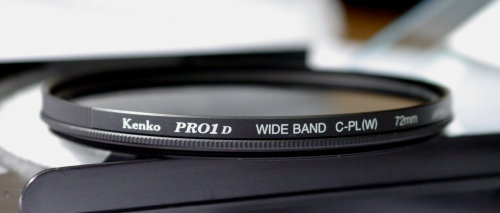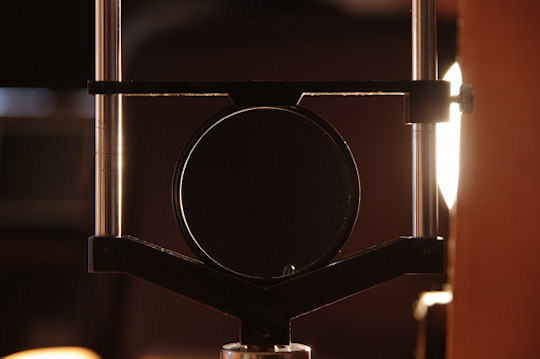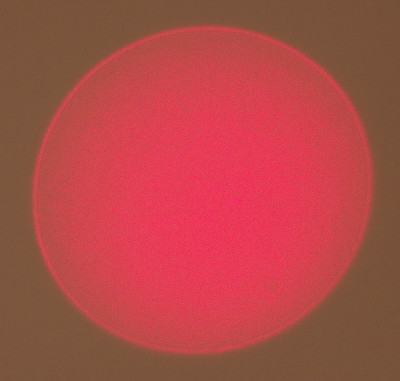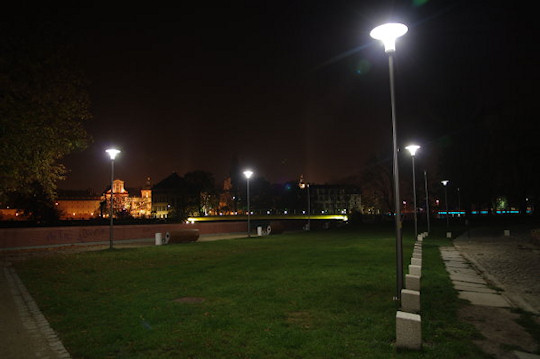Polarizing filters test
21. Kenko PRO1D Wide Band C-PL(W) 72 mm
 |
||
 |
||
The Japanese company Kenko produces industrial and functional optics including converters, light meters and even analogue SLR cameras. Kenko has something to do not only with Tokina…
We couldn’t help but get the impression that these filters came from the same production line. Perhaps the test will tell us some more?
Results of the test

- - - - - - - - - - - - - - - - - - - - - - - - - - - - - - - - - - - - - - - - - - - - - - - -
Red color extinction coefficient: 1.14E-4 - Score: 3.5/4
Green color extinction coefficient: 1.69E-4 - Score: 3.5/4 Blue color extinction coefficient: 3.57E-3 - Score: 2/4 Mean transmission of the whole spectrum: 30.37% - Score: 1.07/3 Score:
|
|
||

With filter Score:
|
|
||

Luminance: 14.6
Score:
|
|
||
| Edge darkening: 5.1% Score: |
|
||

Slight flaw in homogeneity
Score:
|
|
||
|
|||
Usage
The ring turns smoothly with noticeable resistance, maybe slightly too large. The filter didn’t cause any worries during the test, apart from one oppressive streak. The filter didn’t get scratched, although no one really bothered to avoid it.
Summary
4th place in the overall ranking (28.3/37.5)The transmission curve and the coefficient of extinction are identical to the twin model. Flares, mean transmission, scattering and vignetting likewise. C1 and C2 graphs are different than competition’s products. Their shape is preserved, it’s angles of inclination that changed. It’s possible that the phase retardation is slightly bigger or the quarter-wave plate has a flattened dispersion. In such case the polarizer would be circular in a wider spectrum and that would explain the “wide band” in its name. If that’s the truth (and everything points at it) then it deserves praise. Kenko was also better at homogeneity test. This suggests that Hoya uses cheaper and less homogeneous quarter-wave plates. This caused that Kenko is 3 places higher than Hoya.
Filter for tests was lent by Cyfrowe.pl







